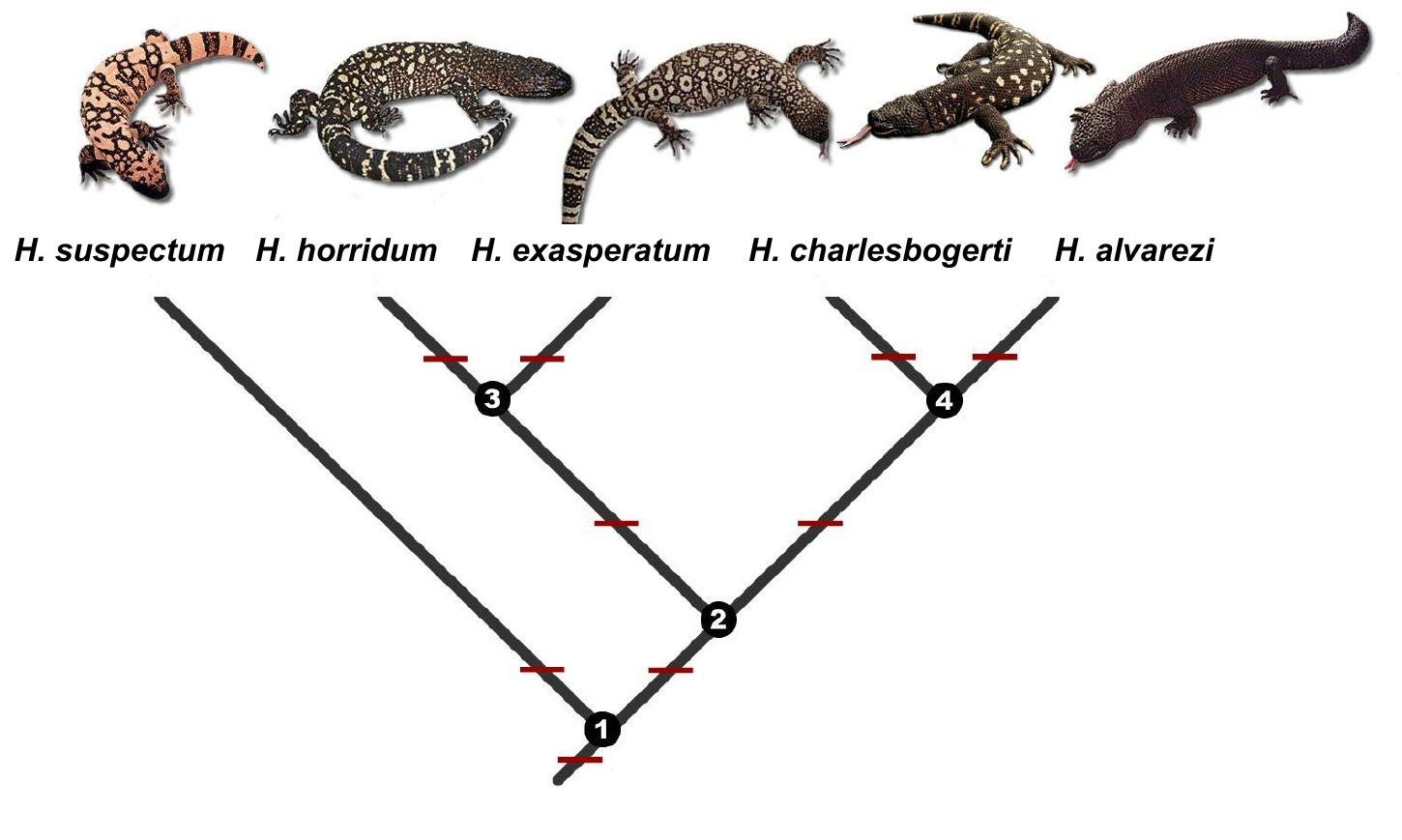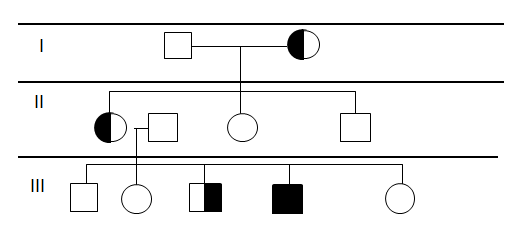|
Knuckle Pads
Knuckle pads (also known as " Heloderma", meaning similar to the skin of the Gila monster lizard for which it is named) are circumscribed, keratotic, fibrous growths over the dorsa of the interphalangeal joints. They are described as well-defined, round, plaque-like, fibrous thickening that may develop at any age, and grow to be 10 to 15mm in diameter in the course of a few weeks or months, then go away over time. Knuckle pads are sometimes associated with Dupuytren's contracture and camptodactyly, and histologically, the lesions are fibromas. Knuckle pads are generally non-responsive to treatment, including corticosteroids, and tend to recur after surgery; however, there has been some effectiveness with intralesional fluorouracil. See also * Skin lesion * List of cutaneous conditions * Garrod's pad Garrod's pads (also known as ''violinist's pads'') are a cutaneous condition characterized by calluses on the dorsal aspect of the interphalangeal joints, i.e. the back side of t ... [...More Info...] [...Related Items...] OR: [Wikipedia] [Google] [Baidu] |
Heloderma
''Heloderma'' is a genus of toxicoferan lizards that contains five species, all of which are venomous. It is the only extant genus of the family Helodermatidae. Description The genus ''Heloderma'' contains the Gila monster (''H. suspectum'') and four species of beaded lizards. The Gila monster is a large, stocky, most of the time slow-moving reptile that prefers arid deserts. Beaded lizards are seen to be more agile and seem to prefer more humid surroundings. The tails of all species of ''Heloderma'' are used as fat storage organs. The scales of the head, back and tail are bead-like, containing osteoderms for better protection. The scales of the belly are free from osteoderms. Most species are dark in color, with yellowish or pinkish markings. Venom The venom glands of ''Heloderma'' are located at the end of the lower jaws, unlike snakes' venom glands, which are located behind the eyes. Also, unlike snakes, the Gila monster and beaded lizards lack the musculature to inject veno ... [...More Info...] [...Related Items...] OR: [Wikipedia] [Google] [Baidu] |
Gila Monster
The Gila monster (''Heloderma suspectum'', ) is a species of venomous lizard native to the Southwestern United States and the northwestern Mexican state of Sonora. It is a heavy, typically slow-moving reptile, up to long, and it is the only venomous lizard native to the United States. Its venomous close relatives, the four beaded lizards (all former subspecies of ''Heloderma horridum'') inhabit Mexico and Guatemala. The Gila monster is sluggish in nature, so it is not generally dangerous and very rarely poses a real threat to humans. However, it has a fearsome reputation and is sometimes killed in spite of the species being protected by state law in Arizona. History The name "Gila" refers to the Gila River Basin in the U.S. states of Arizona and New Mexico, where the Gila monster was once plentiful. ''Heloderma'' means "studded skin", from the Ancient Greek words (), "the head of a nail or stud", and (), "skin". ''Suspectum'' comes from the describer, paleontologist Edwar ... [...More Info...] [...Related Items...] OR: [Wikipedia] [Google] [Baidu] |
Keratosis
Keratosis (from '' kerat-'' + '' -osis'') is a growth of keratin on the skin or on mucous membranes stemming from keratinocytes, the prominent cell type in the epidermis. More specifically, it can refer to: * actinic keratosis (also known as solar keratosis), a premalignant condition * chronic scar keratosis * hydrocarbon keratosis * keratosis pilaris (KP, also known as follicular keratosis) * seborrheic keratosis, ''not'' premalignant See also * Folliculitis * Keratoderma Keratoderma is a hornlike skin condition. Classification The keratodermas are classified into the following subgroups:Freedberg, et al. (2003). ''Fitzpatrick's Dermatology in General Medicine''. (6th ed.). McGraw-Hill. . Congenital * Simple ker ... References External links Dermatologic terminology {{cutaneous-condition-stub ... [...More Info...] [...Related Items...] OR: [Wikipedia] [Google] [Baidu] |
Dorsa
Standard anatomical terms of location are used to unambiguously describe the anatomy of animals, including humans. The terms, typically derived from Latin or Greek roots, describe something in its standard anatomical position. This position provides a definition of what is at the front ("anterior"), behind ("posterior") and so on. As part of defining and describing terms, the body is described through the use of anatomical planes and anatomical axes. The meaning of terms that are used can change depending on whether an organism is bipedal or quadrupedal. Additionally, for some animals such as invertebrates, some terms may not have any meaning at all; for example, an animal that is radially symmetrical will have no anterior surface, but can still have a description that a part is close to the middle ("proximal") or further from the middle ("distal"). International organisations have determined vocabularies that are often used as standard vocabularies for subdisciplines of anatom ... [...More Info...] [...Related Items...] OR: [Wikipedia] [Google] [Baidu] |
Interphalangeal Joint (other)
Interphalangeal joint may refer to: *Interphalangeal articulations of hand The interphalangeal joints of the hand are the hinge joints between the phalanges of the fingers that provide flexion towards the palm of the hand. There are two sets in each finger (except in the thumb, which has only one joint): * "proximal in ... * Interphalangeal articulations of foot {{disambiguation ... [...More Info...] [...Related Items...] OR: [Wikipedia] [Google] [Baidu] |
Plaque (dermatology)
A skin condition, also known as cutaneous condition, is any medical condition that affects the integumentary system—the organ system that encloses the body and includes skin, nails, and related muscle and glands. The major function of this system is as a barrier against the external environment. Conditions of the human integumentary system constitute a broad spectrum of diseases, also known as dermatoses, as well as many nonpathologic states (like, in certain circumstances, melanonychia and racquet nails). While only a small number of skin diseases account for most visits to the physician, thousands of skin conditions have been described. Classification of these conditions often presents many nosological challenges, since underlying causes and pathogenetics are often not known. Therefore, most current textbooks present a classification based on location (for example, conditions of the mucous membrane), morphology ( chronic blistering conditions), cause (skin conditions r ... [...More Info...] [...Related Items...] OR: [Wikipedia] [Google] [Baidu] |
Dupuytren's Contracture
Dupuytren's contracture (also called Dupuytren's disease, Morbus Dupuytren, Viking disease, palmar fibromatosis and Celtic hand) is a condition in which one or more fingers become progressively bent in a flexed position. It is named after Guillaume Dupuytren, who first described the underlying mechanism of action, followed by the first successful operation in 1831 and publication of the results in ''The Lancet'' in 1834. It usually begins as small, hard nodules just under the skin of the palm, then worsens over time until the fingers can no longer be fully straightened. While typically not painful, some aching or itching may be present. The ring finger followed by the little and middle fingers are most commonly affected. It can affect one or both hands. The condition can interfere with activities such as preparing food, writing, putting the hand in a tight pocket, putting on gloves, or shaking hands. The cause is unknown but might have a genetic component. Risk factors includ ... [...More Info...] [...Related Items...] OR: [Wikipedia] [Google] [Baidu] |
Camptodactyly
Camptodactyly is a medical condition that causes one or more fingers or toes to be permanently bent. It involves fixed flexion deformity of the proximal interphalangeal joints. Camptodactyly can be caused by a genetic disorder. In that case, it is an autosomal dominant trait that is known for its incomplete genetic expressivity. This means that when a person has the genes for it, the condition may appear in both hands, one, or neither. A linkage scan proposed that the chromosomal locus of camptodactyly was 3q11.2-q13.12. Causes The specific cause of camptodactyly remains unknown, but there are a few deficiencies that lead to the condition. A deficient lumbrical muscle controlling the flexion of the fingers, and abnormalities of the flexor and extensor tendons. A number of congenital syndromes may also cause camptodactyly: * Jacobsen syndrome * Beals syndrome * Blau syndrome * Freeman–Sheldon syndrome * Cerebrohepatorenal syndrome * Weaver syndrome * Christian syndrome 1 ... [...More Info...] [...Related Items...] OR: [Wikipedia] [Google] [Baidu] |
Fibroma
Fibromas are benign tumors that are composed of fibrous or connective tissue. They can grow in all organs, arising from mesenchyme tissue. The term "fibroblastic" or "fibromatous" is used to describe tumors of the fibrous connective tissue. When the term ''fibroma'' is used without modifier, it is usually considered benign, with the term fibrosarcoma reserved for malignant tumors. Types Hard fibroma The hard fibroma (fibroma durum) consists of many fibres and few cells, e.g. in skin it is called dermatofibroma (fibroma simplex or nodulus cutaneous). A special form is the keloid, which derives from hyperplastic growth of scars. Soft fibroma The soft fibroma (fibroma molle) or fibroma with a shaft ( acrochordon, skin tag, fibroma pendulans) consist of many loosely connected cells and less fibroid tissue. It mostly appears at the neck, armpits or groin. The photo shows a soft fibroma of the eyelid. Other types of fibroma The fibroma cavernosum or angiofibroma, consi ... [...More Info...] [...Related Items...] OR: [Wikipedia] [Google] [Baidu] |
Corticosteroid
Corticosteroids are a class of steroid hormones that are produced in the adrenal cortex of vertebrates, as well as the synthetic analogues of these hormones. Two main classes of corticosteroids, glucocorticoids and mineralocorticoids, are involved in a wide range of physiological processes, including stress response, immune response, and regulation of inflammation, carbohydrate metabolism, protein catabolism, blood electrolyte levels, and behavior. Some common naturally occurring steroid hormones are cortisol (), corticosterone (), cortisone () and aldosterone (). (Note that cortisone and aldosterone are isomers.) The main corticosteroids produced by the adrenal cortex are cortisol and aldosterone. Classes * Glucocorticoids such as cortisol affect carbohydrate, fat, and protein metabolism, and have anti-inflammatory, immunosuppressive, anti-proliferative, and vasoconstrictive effects. Anti-inflammatory effects are mediated by blocking the action of inflamm ... [...More Info...] [...Related Items...] OR: [Wikipedia] [Google] [Baidu] |
Fluorouracil
Fluorouracil (5-FU), sold under the brand name Adrucil among others, is a cytotoxic chemotherapy medication used to treat cancer. By intravenous injection it is used for treatment of colorectal cancer, oesophageal cancer, stomach cancer, pancreatic cancer, breast cancer, and cervical cancer. As a cream it is used for actinic keratosis, basal cell carcinoma, and skin warts. Side effects of use by injection are common. They may include inflammation of the mouth, loss of appetite, low blood cell counts, hair loss, and inflammation of the skin. When used as a cream, irritation at the site of application usually occurs. Use of either form in pregnancy may harm the baby. Fluorouracil is in the antimetabolite and pyrimidine analog families of medications. How it works is not entirely clear, but it is believed to involve blocking the action of thymidylate synthase and thus stopping the production of DNA. Fluorouracil was patented in 1956 and came into medical use in 1962. It ... [...More Info...] [...Related Items...] OR: [Wikipedia] [Google] [Baidu] |
Skin Lesion
A skin condition, also known as cutaneous condition, is any medical condition that affects the integumentary system—the organ system that encloses the body and includes skin, nails, and related muscle and glands. The major function of this system is as a barrier against the external environment. Conditions of the human integumentary system constitute a broad spectrum of diseases, also known as dermatoses, as well as many nonpathologic states (like, in certain circumstances, melanonychia and racquet nails). While only a small number of skin diseases account for most visits to the physician, thousands of skin conditions have been described. Classification of these conditions often presents many nosological challenges, since underlying causes and pathogenetics are often not known. Therefore, most current textbooks present a classification based on location (for example, conditions of the mucous membrane), morphology ( chronic blistering conditions), cause ( skin conditions ... [...More Info...] [...Related Items...] OR: [Wikipedia] [Google] [Baidu] |



